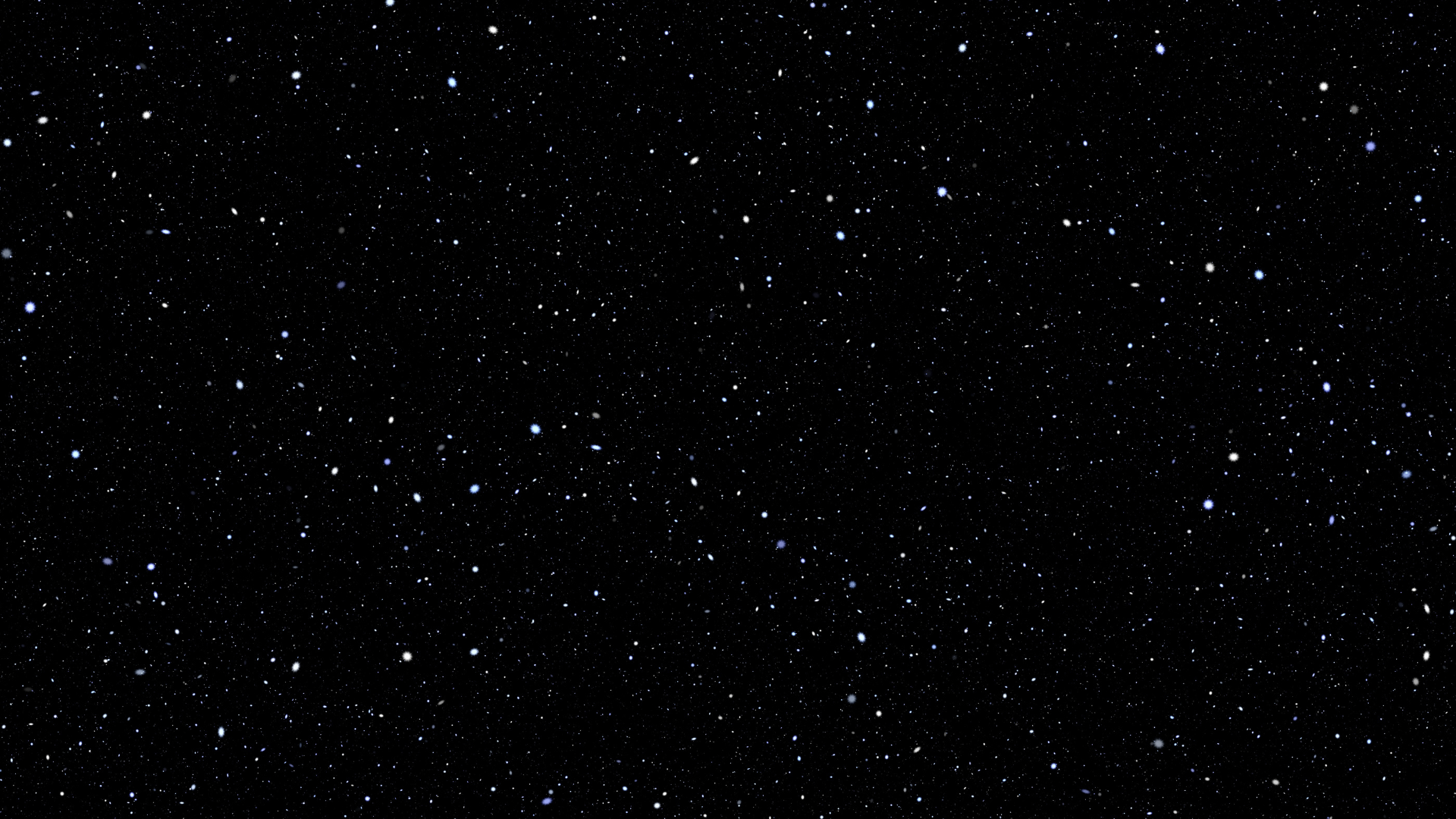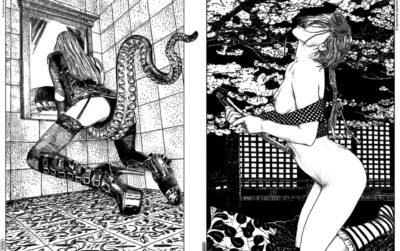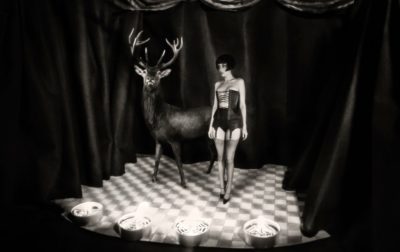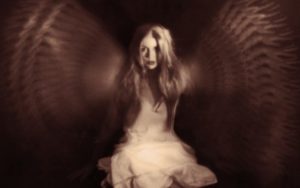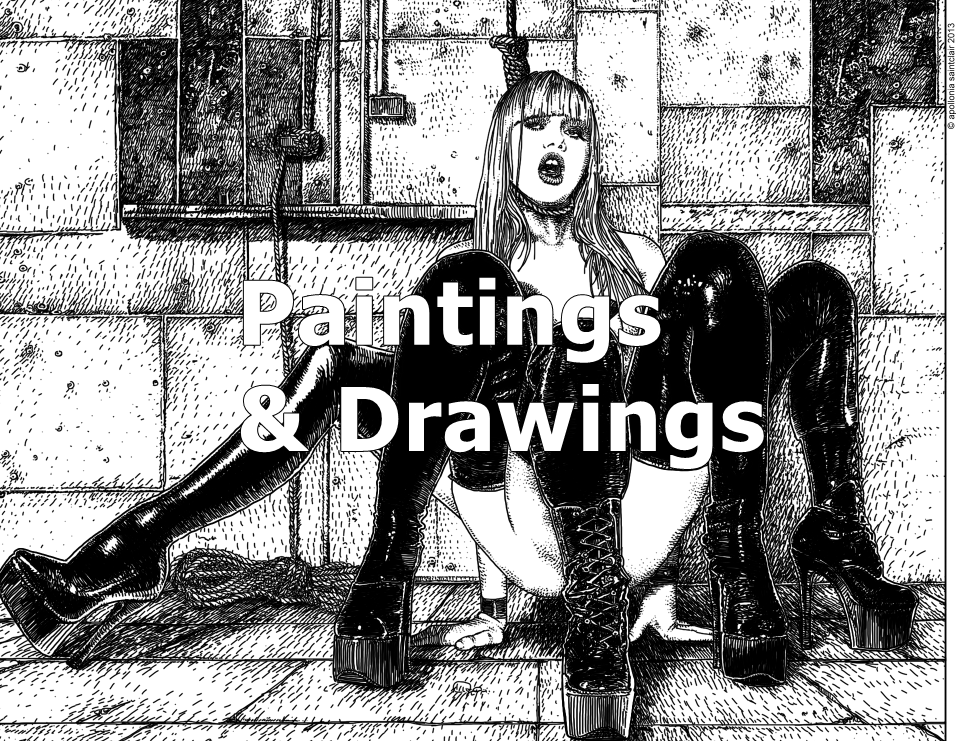Featured Video
Welcome to the home of the Uncanny!
The Uncanny Archive is a place where we explore the more obscure and unsettling aspects of the human psyche through art. Our digital archive analyses haunting artworks from the realms of photography, fine art, and film. We bring eerie and otherworldly art to light and explore the Freudian phenomenon of the uncanny through art, as well as the connections between art and the human psyche. Join us on this digital odyssey as we curate and delve into spellbinding work created by both established and emerging artists.
We Unveil
the Strangely Familiar…
We Unravel
the Concealed
Film Psychology. Art Analysis.
Psychoanalytic Insights.
The Unconscious Mind.
Glimpses into Artists’ Minds.
The Freudian Roots of the Concept

On “Das Unheimliche”
Within the first pages of his essay on The Uncanny, Freud adopts a humble tone, acknowledging that his analysis is limited by the lack of exposure to foreign literature due to conditions in the immediate post-World War I period. Within this historical context, the psychoanalyst’s interest and fascination with the uncanny arose from his experience treating post-war traumatic cases. This is evident in his essay, which consistently gravitates towards the subject of neurosis and the significance of repressed content of thought in the manifestation of the uncanny.
Despite the humbleness, Freud sets off with the goal of providing an illuminating work on the subject, yet as expected from the nature of it, this task proves to be problematic. Freud’s work itself turns out to possess some of the uncanny characteristics it describes. First of all, its purpose is to reveal something that is concealed within the parameters of subjectivity of feeling, of experience, and memories. More than once, Freud reaches the conclusion that some factors of the uncanny may be perceived as such by some individuals but not by others, depending on their awareness of the world around them and the world within. One such example, in real-life experience, would be the recurrence of the same situation, or same number several times in one day, which would impress someone who has not fully surmounted old beliefs of supernatural events and signs, but not others who are more anchored in science.
Another aspect that Das Unheimliche shares with its subject and with many uncanny narratives is that it is haunting, repetitive, and filled with uncertainty.
In Freud’s view, in the field of art, authors can use elements of real-life uncanny experiences whilst adding more to them, so as to intensify or distort them in order to evoke feeling and induce an uncanny response. He states that mere representation is not enough: what would normally arouse feelings of uncanny in real life might not work in stories, therefore there are other factors at play. Cases of the return of the repressed and infantile complexes do not necessarily arouse uncanniness in themselves, Freud confesses, neither do each of the elements mentioned work on their own – for instance, the double, the silence, repetition, or ghosts are not inherently uncanny. As we read through the essay, we feel the struggle of the master of psychoanalysis to describe the indescribable, to grasp something which does not want to be grasped.
Whether we are talking about a piece of art or real life, the uncanny effect is something that has to be experienced in order to be understood. In some films, silence can indeed significantly contribute to a certain atemporal eeriness, and combined with dim lights and emptiness, can be suggestive of death in a way that surpasses the dread induced by the presence of the ghost of a man.
Freud points out that although generally, primitive beliefs in ghosts and the return of the dead are surmounted, they resurface in many of us at the sight or hint of something we perceive as unusual. However, such sources of the uncanny don’t apply to people who are convinced of reality in their beliefs for instance, and who are thus less likely to be affected by such literary apparitions. Prolonged silence, however, springing from the real world, but given deathly connotations, arouses the infantile anxieties Freud alludes to, which we are all susceptible to.
Certain works of art encompass that combination of factors through which the uncanny is born out of art and transcends into life, making the reader and the viewer experience it.
Read My Other Thoughts
On The Topic:
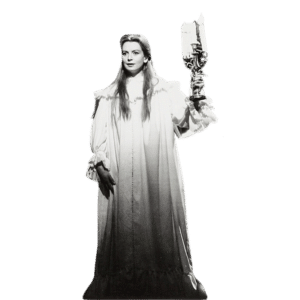
The Mission
The overarching mission of the Uncanny Archive is to stimulate art and film appreciation, enhance understanding of art and film, encourage meaningful discourse about the psychology of art, as well as analysing art shows and shedding light on the work of emerging artists.
Fan Reviews & Confessions
“A fantastic journey through eerie cinematic beauty.”
“I love this page so much it takes me to another world”
“An amazing page full of delights.”
“An expertly curated project that exudes passion…and the best page on Facebook”
“I found so many life-changing gems through your page; for that I am eternally grateful”
“Breathtaking”
A Virtual Home
The Uncanny Archive fosters a sense of community for lovers of quality cinema, moving art, and soul-stirring horror. Join us on Facebook, Instagram, Tumblr, and/or Discord.
 The Archive has also constituted a safe space for me to explore my interests in psychologically-charged films and a way of bonding with like-minded art, film, and psychology enthusiasts.
The Archive has also constituted a safe space for me to explore my interests in psychologically-charged films and a way of bonding with like-minded art, film, and psychology enthusiasts.
Submissions
Submissions are always welcome. Please stick to the theme and concepts of the Uncanny Archive. Have a look at the Facebook page and website to understand the aesthetics and concepts behind the art that is generally featured and analysed, as well as detailed information about the phenomenon of the uncanny, starting from its roots in Freudian essays to philosophical interpretations, cultural theory, and contemporary psychoanalytic discourse. With this being said, don’t feel too limited by one specific definition.
With an active social media presence and over 80k organically-gathered followers, the Uncanny Archive has remained a consistent source of connection and art appreciation for engaged, devoted worldwide fans.
